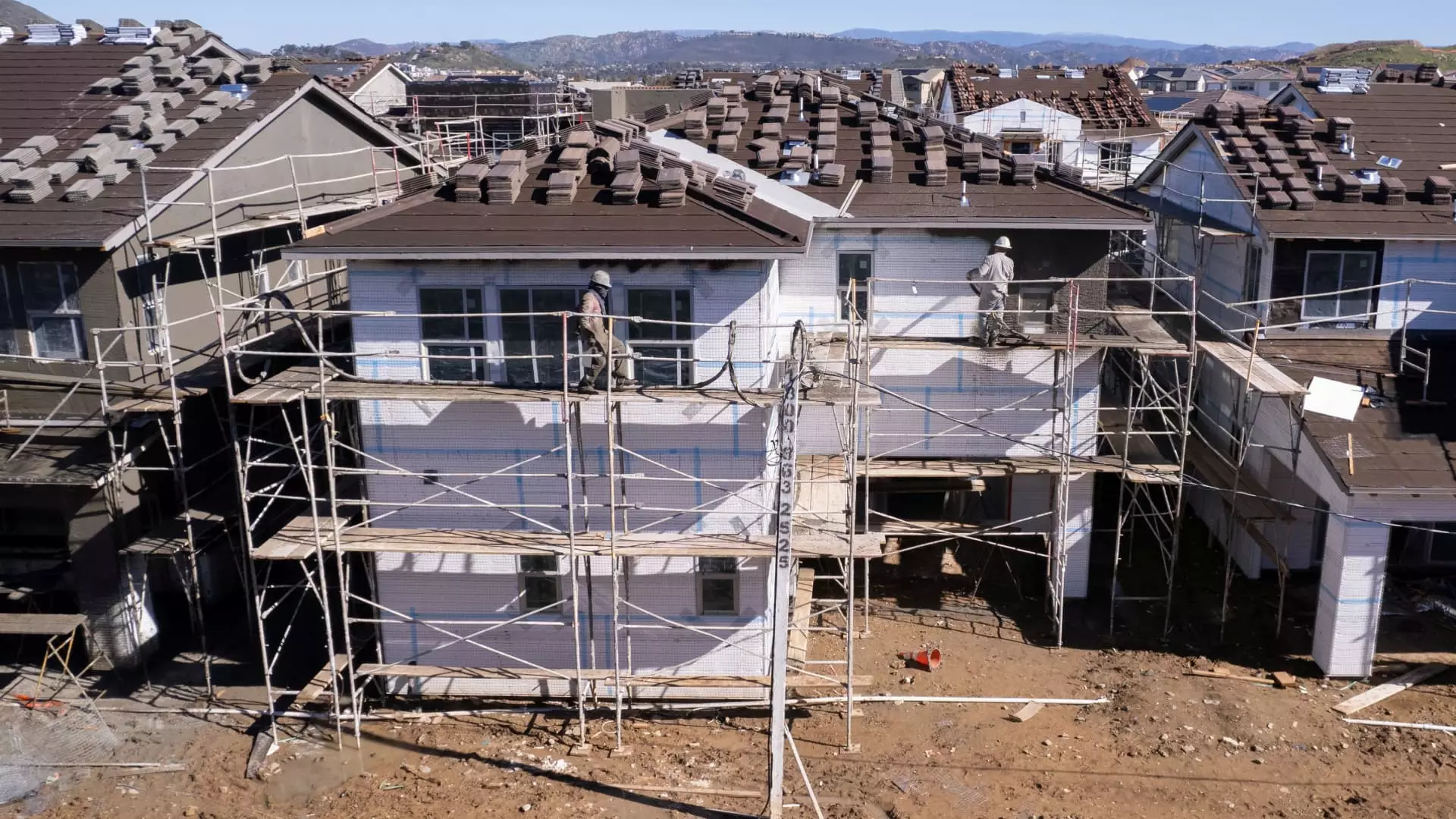The shareholder returns for leading homebuilders such as D.R. Horton and Lennar have shown growth above the S&P 500 index between August 2014 and August 2024. Despite this positive trend, analysts have recently downgraded their investment outlook for these companies in the current market environment. The mixed signals from industry experts have left investors with a sense of uncertainty regarding the future performance of these homebuilders.
Observers note that top homebuilders have strengthened their market positions since the aftermath of the 2007-2008 financial crisis. Stimulus packages injected massive liquidity into the industry in the early 2010s, providing companies like D.R. Horton and Lennar with the resources to expand their operations. However, lingering issues such as lower levels of competition among homebuilders have contributed to the ongoing housing shortage in the United States. The need for millions of new homes to stabilize soaring housing prices highlights the challenges facing the industry.
Research indicates that restrictive zoning laws and slow permit approval processes have exacerbated the housing shortage in the U.S. Regions with open land and fewer regulatory barriers, like Texas, have witnessed higher rates of home sales compared to areas with stringent zoning regulations. The lengthy timelines for land decisions in places such as California have hindered the pace of residential construction, leading to a growing disparity in housing supply and demand.
The current housing market scenario has been influenced by elevated mortgage rates and rapid home price inflation, making it difficult for many potential buyers to enter the market. Political figures like Vice President Kamala Harris and former President Donald Trump have proposed contrasting views on zoning reform, which could shape the future trajectory of residential construction. Harris has advocated for relaxing restrictive zoning laws and providing subsidies to builders to accelerate the construction of 3 million new homes, aiming to address America’s housing shortage. In contrast, Trump has criticized the administration’s policies, attributing the current inflation situation to their actions, which he claims have hindered young people’s ability to access financing for purchasing homes.
The housing market outlook for top homebuilders is surrounded by a complex interplay of factors such as regulatory challenges, supply shortages, and political influences. While shareholder returns have shown promising growth in recent years, the industry faces significant hurdles in meeting the growing demand for affordable housing. As investors navigate through the uncertainties of the market, understanding these dynamics will be crucial in making informed decisions about the future prospects of homebuilders like D.R. Horton and Lennar.

